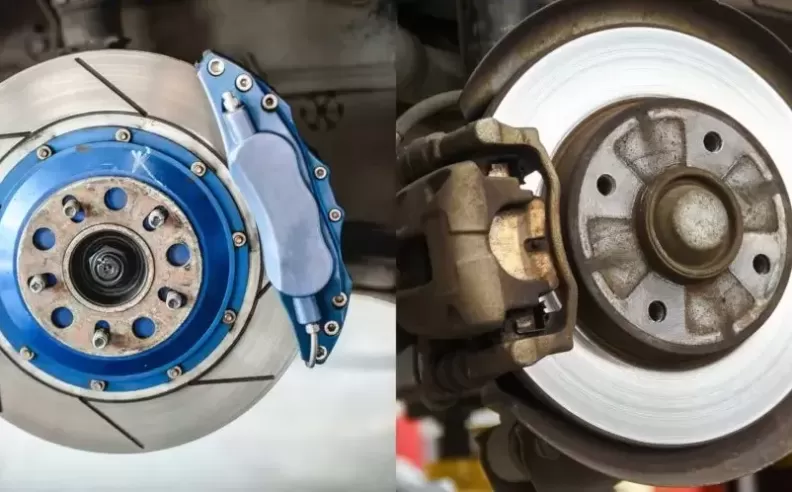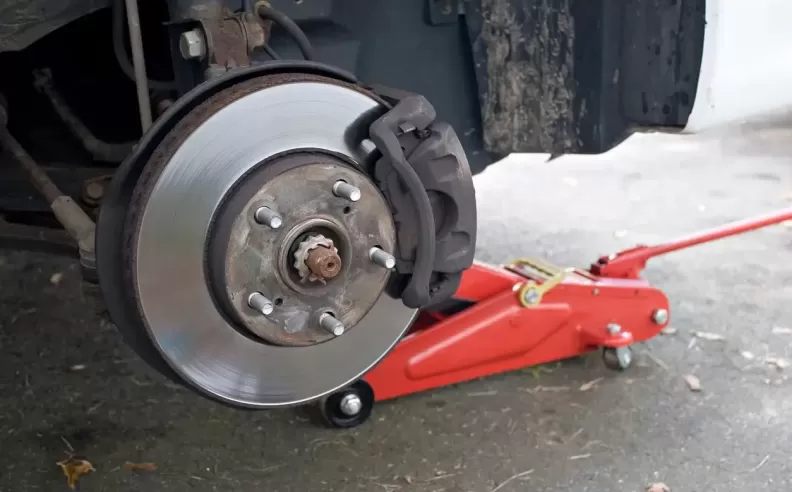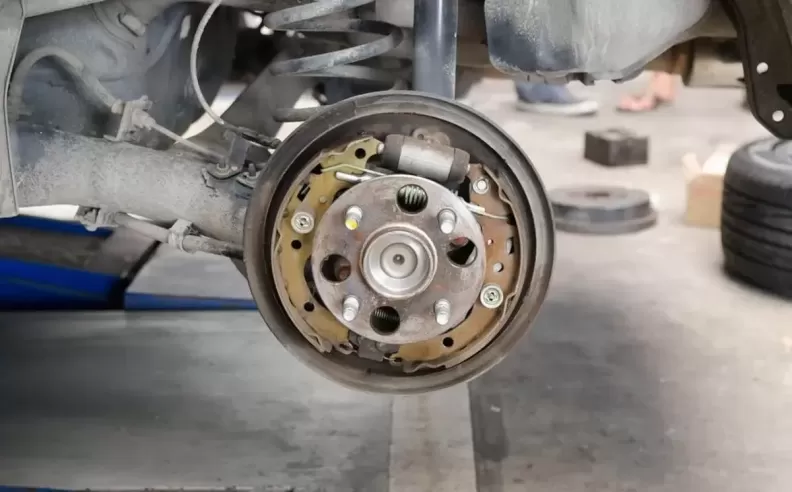
When you think of your car's braking system, you might imagine a uniform set of components working together to bring your vehicle to a halt. However, a closer look reveals that many cars are equipped with different types of brakes on the front and rear wheels. This design is not arbitrary; it's a result of careful engineering considerations aimed at optimizing safety, performance, and cost. In this article, we'll explore why your car might have different front and rear brakes and what each type of brake offers. At its core, a car's braking system is designed to slow down or stop the vehicle by converting kinetic energy into heat energy. This is typically achieved through friction, either via disc brakes or drum brakes. While both types can be found on various wheels of a vehicle, their applications often differ based on their respective strengths and weaknesses.

Disc Brakes
In most modern cars, the front brakes are equipped with disc brakes. Disc brakes consist of a rotor (disc) attached to the wheel and a caliper that squeezes brake pads against the rotor to create friction. There are several reasons for this preference:
Weight Transfer: When a car decelerates, weight shifts from the rear to the front, increasing the load on the front wheels. Disc brakes are more effective at handling this increased load due to their superior heat dissipation. They can maintain braking performance even under high temperatures, reducing the risk of brake fade.
Stopping Power: Disc brakes offer more consistent and reliable stopping power. Their open design allows for better cooling, which is crucial during heavy braking or prolonged use, such as during mountain driving or high-speed conditions.
Performance and Responsiveness: Disc brakes provide better modulation, allowing for more precise control over braking force. This is particularly important for high-performance and sports cars, where quick and responsive braking is essential.

Drum Brakes
While the front wheels bear most of the braking load, the rear brakes play a crucial role in overall vehicle stability. Many cars are equipped with drum brakes on the rear wheels, especially in cost-sensitive or entry-level models. Drum brakes consist of a drum that rotates with the wheel and brake shoes that press against the inside of the drum to create friction. Here's why drum brakes are often used in the rear:
Cost Efficiency: Drum brakes are generally cheaper to manufacture and maintain than disc brakes. They have fewer components and are less susceptible to corrosion, making them a cost-effective solution for rear braking needs.
Parking Brake Integration: Drum brakes can easily incorporate a parking brake mechanism, which can lock the rear wheels and prevent the car from moving when parked. This integration is more straightforward and cost-effective compared to incorporating a parking brake with disc brakes.
Adequate Performance for Rear Wheels: Since the rear wheels handle less braking force, drum brakes are typically sufficient. They provide adequate stopping power without the need for the more advanced technology and performance characteristics of disc brakes.
The Balance of Braking Forces
The combination of disc brakes in the front and drum brakes in the rear provides a balanced approach to braking. This setup allows manufacturers to optimize cost, performance, and safety. The front disc brakes handle the majority of the braking force, especially under heavy braking conditions, while the rear drum brakes provide stability and support.
In some higher-end or performance-oriented vehicles, you may find disc brakes on all four wheels. This setup offers the highest level of braking performance and consistency but comes at a higher cost.
The use of different front and rear brakes in cars is a result of thoughtful engineering aimed at balancing performance, safety, and cost. Front disc brakes handle the heavy lifting with superior stopping power and heat dissipation, while rear drum brakes provide a cost-effective solution for the lower braking load they encounter. Understanding this distinction can help you better appreciate the design and maintenance considerations of your vehicle's braking system.

Wael is an automotive content writer specializes in creating written content for Motor 283. Producing a wide range of content, including blog posts, articles, product descriptions, reviews, and technical guides related to cars, trucks, motorcycles, and other vehicles, with an unprecedented passion for cars, and motorcycles.
